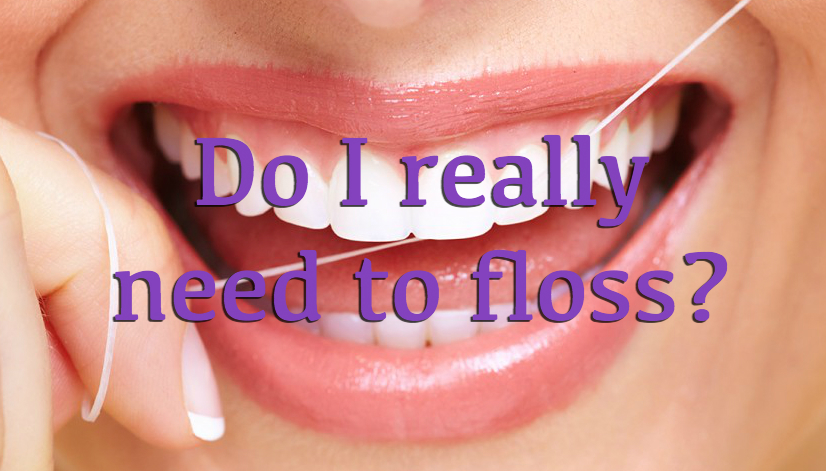If you've been on the internet in the last month, chances are you've seen the AP article titled "Medical Benefits of Dental Floss Unproven." In this article, the author postulates that as the Department of Agriculture and Health and Human Services dropped flossing from its dietary recommendations, it comes to light that there is little to no scientific evidence that flossing is beneficial to oral health.
In dissecting this article, it is important to understand why dentists recommend flossing. The primary goal of flossing is to physically remove bacterial film (plaque) from the pockets between the gums and the teeth. As a secondary action, floss can dislodge food that gets stuck between teeth and help prevent decay. Floss cannot remove hard bacterial film (calculus/tartar) nor can it clean deep periodontal pockets. That being said, regular flossing will help prevent the development of these conditions to begin with.
It becomes clear that the author of this story does not have a solid understanding of periodontal disease, oral health or scientific studies. One of the main points of the article is that there aren't any quality scientific papers that show the benefits of flossing. This fact more-so highlights the high costs and extreme difficulty in performing a study of this nature. Much of scientific research pivots on having reliable metrics and a large enough sample to get valuable data. Since flossing is so universally accepted in the dental community, securing the millions of dollars necessary to perform this study would be nearly impossible.
Furthermore, the author argues that any evidence on flossing points to its benefits in reducing bleeding gums, removing plaque and stopping gingivitis. He seems to view these attributes in a vacuum, when in reality they are all part of the periodontal disease process. Plaque, when left undisturbed, eventually hardens into tartar. This then causes an inflammation of the gum tissue known as gingivitis. Gingivitis is responsible for the bloody, puffy and sensitive gums that many patients experience. With time, the inflammation spreads to the bone surrounding the teeth and causes it to recede creating deep pockets. At this point, the disease is called periodontitis. While it is true that floss will not reach the bottoms of these deep pockets, any reduction in bacterial load is beneficial and crucial to the treatment of periodontal disease.
The author is quick to note that "early gingivitis is a long way from severe periodontal disease" and that "severe periodontal disease may take five to 20 years to develop." What he fails to mention that slight or moderate periodontitis can develop much quicker (we usually see the first signs around age 30) and that the technical "severe" periodontal disease is a debilitating condition marked by loose teeth, chronic bad breath, pain and tooth loss. This is the exact same disease that started out as gingivitis. Why wouldn't you do everything in your power to mitigate this problem from the start?
If you would like more reasons to keep flossing, just read any statements made by the ADA, the California Dental Association or the American Academy of Periodontology. The dental community shows unanimous support for the regular, daily use of dental floss. Furthermore, evidence shows that controlling periodontal disease is associated with less heart disease, better glucose control in diabetics and better outcomes in at-risk pregnancies. Flossing is an important part of your oral health home care! If you need any more information on the benefits of flossing or instructions on how to floss, feel free to contact our office!
























